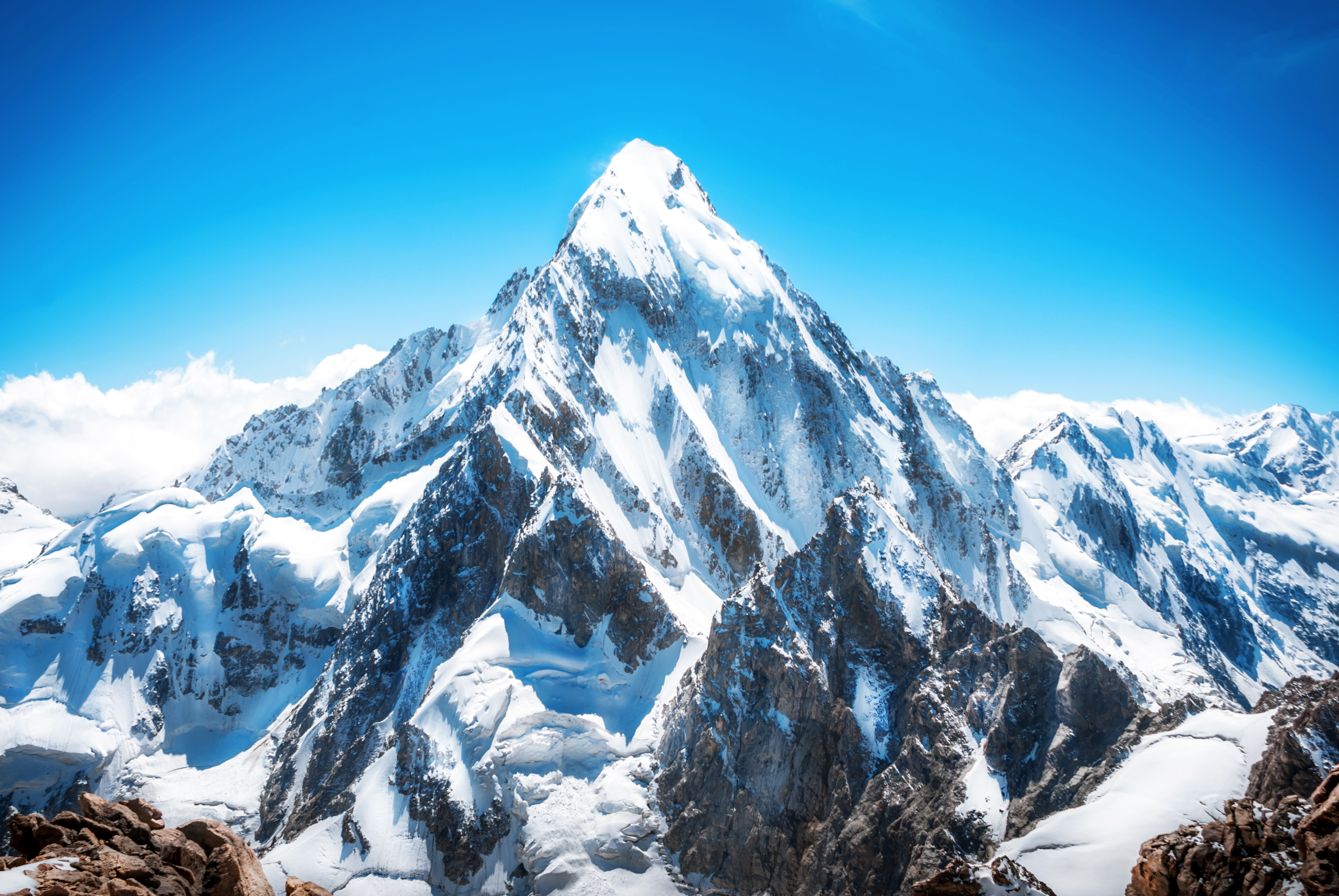Save for a sliver of moonlight and the darting beams from our head-torches, everywhere around us was dark. Luckily, there has been no chilly wind blowing, just crisp, freezing air that infiltrated my thick beanie and numbed my ears. Crucial reminders got here up in my thoughts with every weighty step I took: Watch where you are going; do now, not walk rapidly; do not fall behind; drink water; take deep breaths. If the whole thing went nicely, we’d attain Uhuru Peak – Mount Kilimanjaro’s highest factor at five,895m – at dawn. That is if we made it at all.
I squinted overhead. It has been two hours for the reason that we activate in the dead of night, but the faint glaciers that topped the Roof of Africa nonetheless appeared to date away. I changed into exhausted. I took a sip of icy water from my hydration percent and told myself not to look up again. Instead, I must simply deal with setting one foot in front of the opposite. My selection to climb Kili, as its miles affectionately recognized, became based on a whim. My sister had ascended the arena’s tallest unfastened-status mountain earlier within the year and raved about the enjoy. She said in jest I should also climb it to make complete use of the expensive gadget she had offered.
So while my desirable buddy Shuxian requested to climb Kili, together with her outdoorsy friends, it becomes as if a better force turned into nudging me to do it simply. Despite fears that I could be a legal responsibility to them, I determined to go for it. Kili, which the tribal Maasai also call the Great White Mountain, is one of the extra handy of the sector’s Seven Summits – or the tallest mountains in every one of the seven continents. These peaks include North America’s Mount Denali (6,190m), South America’s Mount Aconcagua (6,961m), Europe’s Mount Elbrus (five 642m), in addition to Earth’s highest factor – Asia’s Mount Everest (8,848m).

While scaling Kilimanjaro does now not require technical hiking abilties, it needs bodily and intellectual education. Due to its height, climbers are also susceptible to go through altitude illness. The low oxygen level above three 000m reasons most people to revel in shortness of breath, headaches, nausea, lack of urge for food, and, in excessive instances, disorientation and fluid construct-up within the lungs and brain – that’s life-threatening. Climbers take anti-altitude sickness drugs and “climb excessive, sleep low,” in which they trek slowly to better elevations, then descend and spend the night at decrease altitudes to assist they’re our bodies acclimatize.
There are seven principal routes up Kili, which take between 5 and nine days to complete. The longer routes have better success costs because climbers progress at a gentler pace through Kili’s five alpine zones. They additionally provide various perspectives of its three volcanic cones – Shira, Mawenzi, and Kibo, wherein Uhuru Peak sits at its crater rim. The day before the climb, our manual Tumaini checked our mountaineering gadget, briefed us on our route, and sternly distinctive the outcomes of altitude sickness. He needs to have noticed my face flip faded and said: “Don’t fear, we will get there, as certain as Kilimanjaro stands.”
TANZANIAN LIFE SAVERS
Tumaini and his group of porters entertained us with Swahili songs in the course of the mini-bus trip from the dusty metropolis of Arusha to Londorosi Gate – the beginning of our seven-day Lemosho direction. Aside from the 4 folks, our mountain climbing entourage comprised two courses, a cook and 16 porters, who were our lifestyles savers. They carried our heavy hundreds and magically set up our mini-village of sound asleep tents, mass eating place, and a porta-john earlier than we reached camp each day. They woke us, cooked fresh meals, and fetched water from streams to boil for our use.
After we departed for our each day trek, they stayed at the back of to remedy, before catching up with us and whizzing past with duffle luggage flawlessly balanced on their heads at the same time as greeting us with pleased “Jambo’s” (hey in Swahili), “Hakuna-Matata” (no issues) or “pole-pole (slowly). It felt like we had been hiking up Bukit Timah Hill on the primary days as we exceeded via Kili’s woodland region. I paused now to picture the special vegetation and exquisite Shira Plateau, earlier than we improved into the heather and moorland zones.
On Day 3, what started as a mild clean drizzle gave way to hail pellets, then incessant rain during our eight-hour trek. The trek to Lava Tower changed into also drastically more demanding: We crossed several small streams and had to scramble across a rock wall in the pelting rain. Above three,500m, we started to walk incredibly slowly and have become breathless effortlessly, mainly while hiking over rocks. For the first time in my existence, I felt the effect of oxygen deficiency in my body.
When we eventually arrived at the Barranco campsite, all of us were drenched. Our tent turned into leaking at its corners, and rain water seeped in via the tarpaulin base. I become shivering, dirty, and miserable — I concept of giving up that day. The next morning, we awakened to discover Kibo status majestically in the back of our campsite, basking inside the morning sun. Gone have been the depressing clouds that had shrouded the campsite. Like excited children, we hurriedly located our wet garments out to dry. Our treks for the subsequent two days were short but steep. The barren alpine wasteland zone – made from rocks, screen, and the occasional wheeled-stretcher – become a stark contrast to the verdant vegetation we had visible on preceding days.











